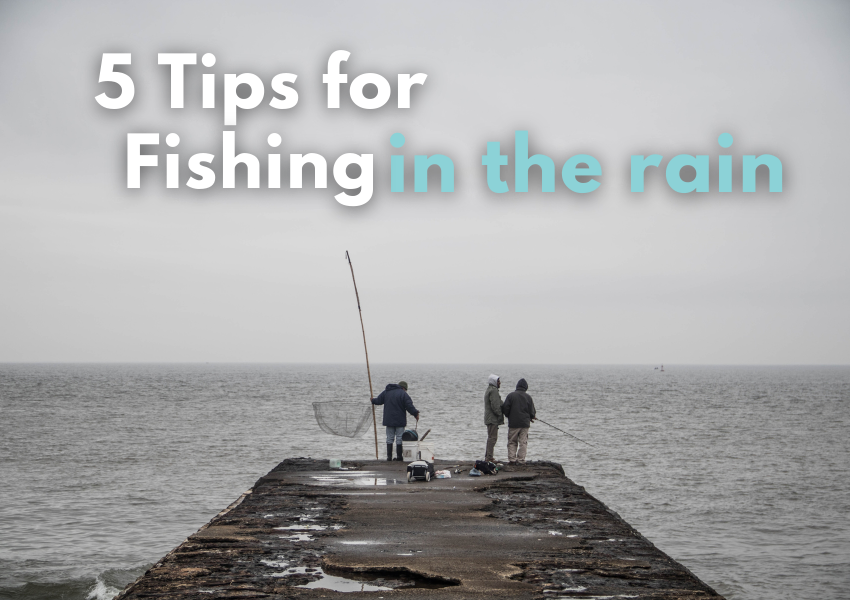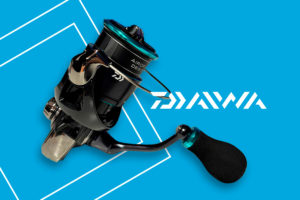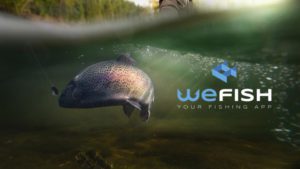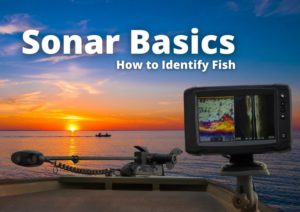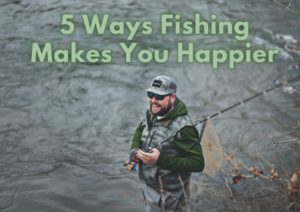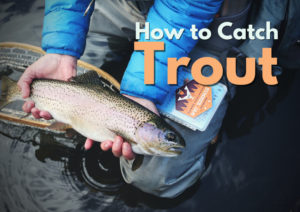In the world of fishing, not everything is knowing the use of the fishing rod and where to go fishing. On many occasions, we find ourselves in difficult conditions to overcome. Fishing in the rain can be a good or bad decision. So from WeFish, we are going to give you 5 tips for fishing in the rain, check it out!
Climate is one of the crucial factors that will determine your fishing strategy. This also comes with other factors such as where you fish, and the type of fish you are targeting. Understanding how the weather affects your fishing experience is essential and it helps you maximize your chances of success.
How to fish when it rains?
Fishing in the rain or in poor condition is a dilemma that generates much debate among anglers. Well, for some it is a reason for joy, and for others, it is a sign of failure, which can confuse those who are not experts. Don’t worry, we are going to explain why:
There is a huge difference between a light rain and a storm. If it rains a little during your journey, do not panic and run away. A blessing has fallen from heaven. The drops generate movement in the water so many species rise to the surface with curiosity. This creates a good opportunity to take home good specimens.
Sure you will get wet and it will be a bit annoying, but it will be worth it. That is why it is good to always have a waterproof poncho, rubber boots, hat, and other items that protect you from the weather and cold.
We also must take into account the risks of fishing near electrical storms, especially if your fishing rod acts as a lightning rod. This normally happens if the fishing rods are made of carbon or graphite.
- Light rain (accompanied by light wind and no rays around it): According to many fishermen, it is a good time to fish. This is because the rain oxygenates the water. At the same time, and depending on how and how much it rains, it removes the water. This makes it remove the elements and food from the water and interferes with the behavior of the fish, with uncertainty as to whether our hooks will attack more or less.
- Heavy rain (accompanied by a thunderstorm and a lot of wind): If the weather forecast determines that there will be intense storms, with heavy rains, no matter how fanatical we are of fishing, it is not convenient to go fishing in the rain if it’s that hard. Beyond getting wet with our fishing gear, we add the risk of the storm itself and the complications it brings. The behavior of the fish themselves changes. When there is a storm it causes the fish to go down to the depths to take refuge. It is not in their plan to go out to look for food. If the storm extends considerably, it is a good time, because that is when the fish come out to feed. It is true that a “Troubled river, fishermen gain”.
Rain, when there is warm weather, increases the oxygen levels of the water by cooling it. This makes the fish more sensitive to the smell of the bait. On the contrary, when it rains and it is cold, the opposite effect occurs, which makes hooking a fish more complex since they are “deactivated”.
Here you have a video about topwater fishing in the rain just after a big storm hit, a perfect time to catch some fish from the water!
5 Tips for Fishing in the rain
- When the day is sunny and without storms nearby, as there is more light and the water is clearer because it is more still, the fish more easily detects our presence and the tricks we use to catch it.
- The fish focuses more on feeding when the day is quite cloudy, and there is a slight breeze, since there is less light in the water. For example, at night, fish are more guided by their instincts when it is more windy and less light, which reduces fights.
- Research has shown that when barometric pressure drops, some fish must move less and attack dead food. Conversely, when the barometer rises, the fish become more active than usual and therefore have more “encouragement” to search for live food.
- If you change the temperature considerably from hot to cold, the latter causes most fish to go off a bit. Otherwise, when it rises, they become more activated, with the exception of some similar species, that when the oxygenation of the water decreases, the increase in degrees, becomes lethargic.
- Rain also makes insects go into the water. This triggers the fish to go looking for them. If it rains a lot, on the other hand, it hinders their visibility, due to the mud, and prevents them from eating or finding food easily.
Most seasoned anglers recommend fishing in the rain when temperatures are mild. If it has rained in recent days, the best moment is just before the next forecast storm. In temperate conditions, the baitfish will move to areas where they can maximize their metabolism and where they feel comfortable. As they are cold-blooded, they cannot regulate their body temperature. This means that they have to find their optimum temperature for sustainability. When there is no optimal temperature, their bodies adjust, increase or decrease metabolism.
Knowing the ideal temperature range will be helpful when looking for a specific type of fish. However, the water temperature could be the most crucial factor when planning to fish directly after. Or include during a period of rain.
If the water was already warm and it rains in hot weather, snook and other fish will become more active. This is the best period for fishing in the rain. You will likely find carp basking in the sun near shores and in weeds.
However, if the weather was hot or cold and then it rains when it is very cold, this time will not be optimal for fishing in the rain. That is because the water becomes unfavorable for the fish to swim, and they become less active. Therefore, carp are less likely to be found wading through undergrowth, and snook and other fish will have less energy to be active.
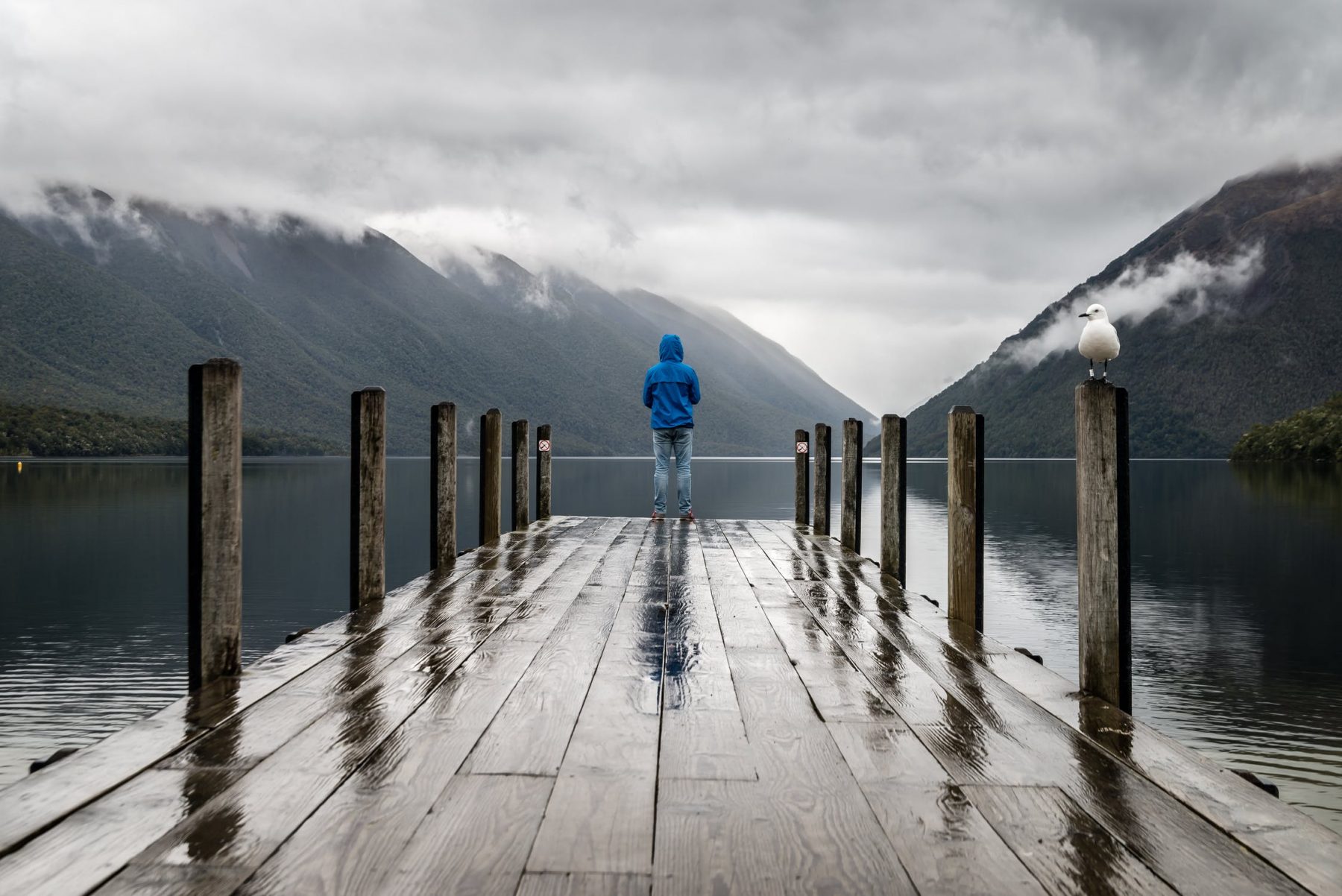
Other weather conditions to consider when fishing
Besides the rain, other weather conditions will also affect your fishing experience. This includes wind, fronts, and cloud cover.
The wind blows the bait to the far shore, and the fish will follow the bait. So if you are net fishing from shore on a windy day, be sure to cast into the wind. But if you are launching from a boat, do it with the wind on a sheltered shore.
When it comes to fronts, most fish feed more hours before a cold front, but less during or after a storm or front. They are less likely to have any casting success a day or two after a cold front. However, during a warm front, the water temperature rises. This increases the metabolism of the fish, and most of the feeding activity occurs near the warm surface, that is, near the shores.
Finally, cloud cover is also a crucial factor and it impacts the amount of light that penetrates the water. Fish will pray more during cloudy skies than on a bright day. They are more likely to stay and hide near the structure on sunny days.
If you want to know all the weather conditions that you have to take into account when you go fishing, and how to control them, we recommend you read this post: How to plan your fishing trip with WeFish App?
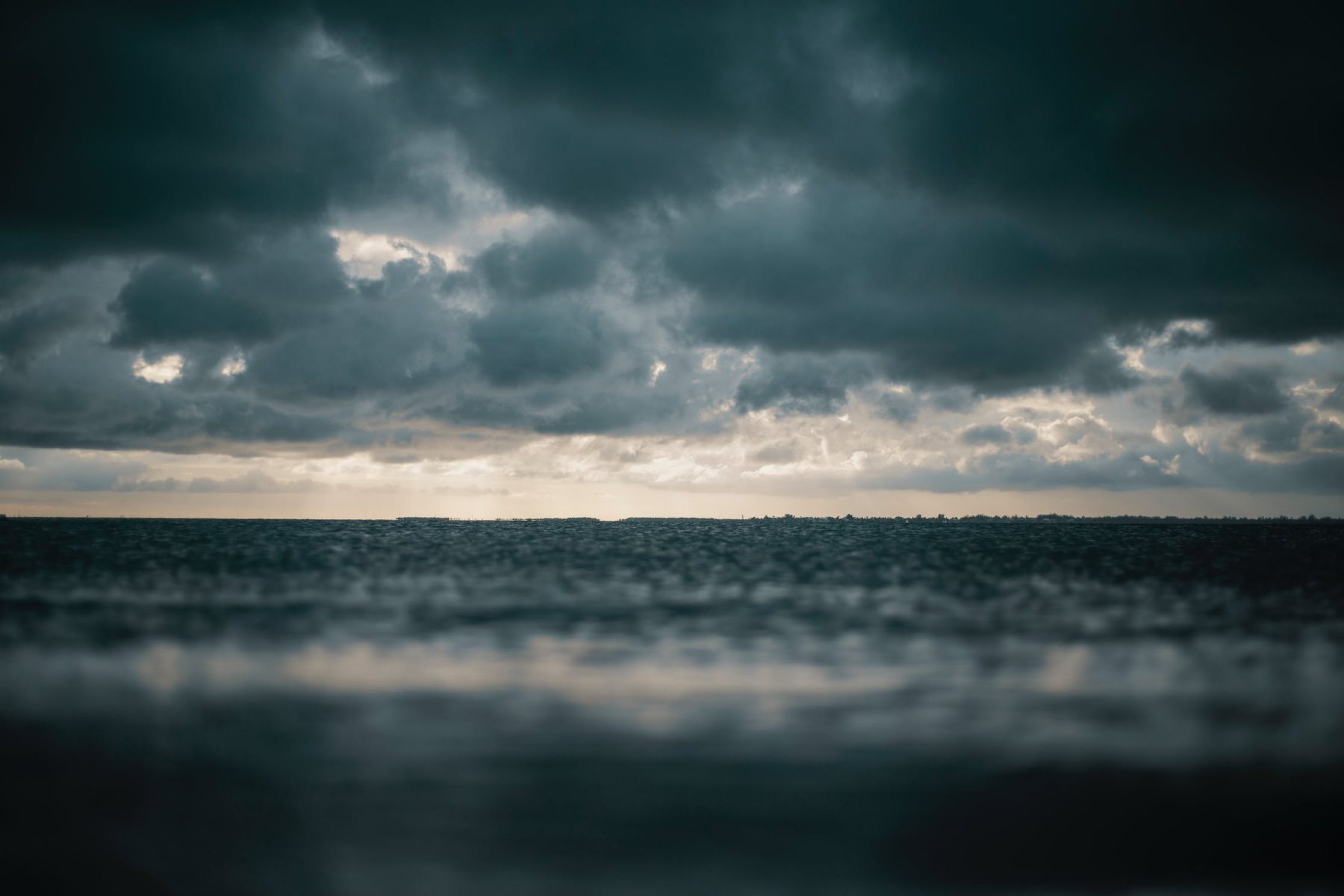
We hope this information and tips will be helpful to you the next time you go fishing in the rain. Remember that there are many meteorological factors to take into account when fishing. We recommend downloading WeFish app to plan your fishing trips in the most optimal way possible. Fishing in the rain has never been easier!

